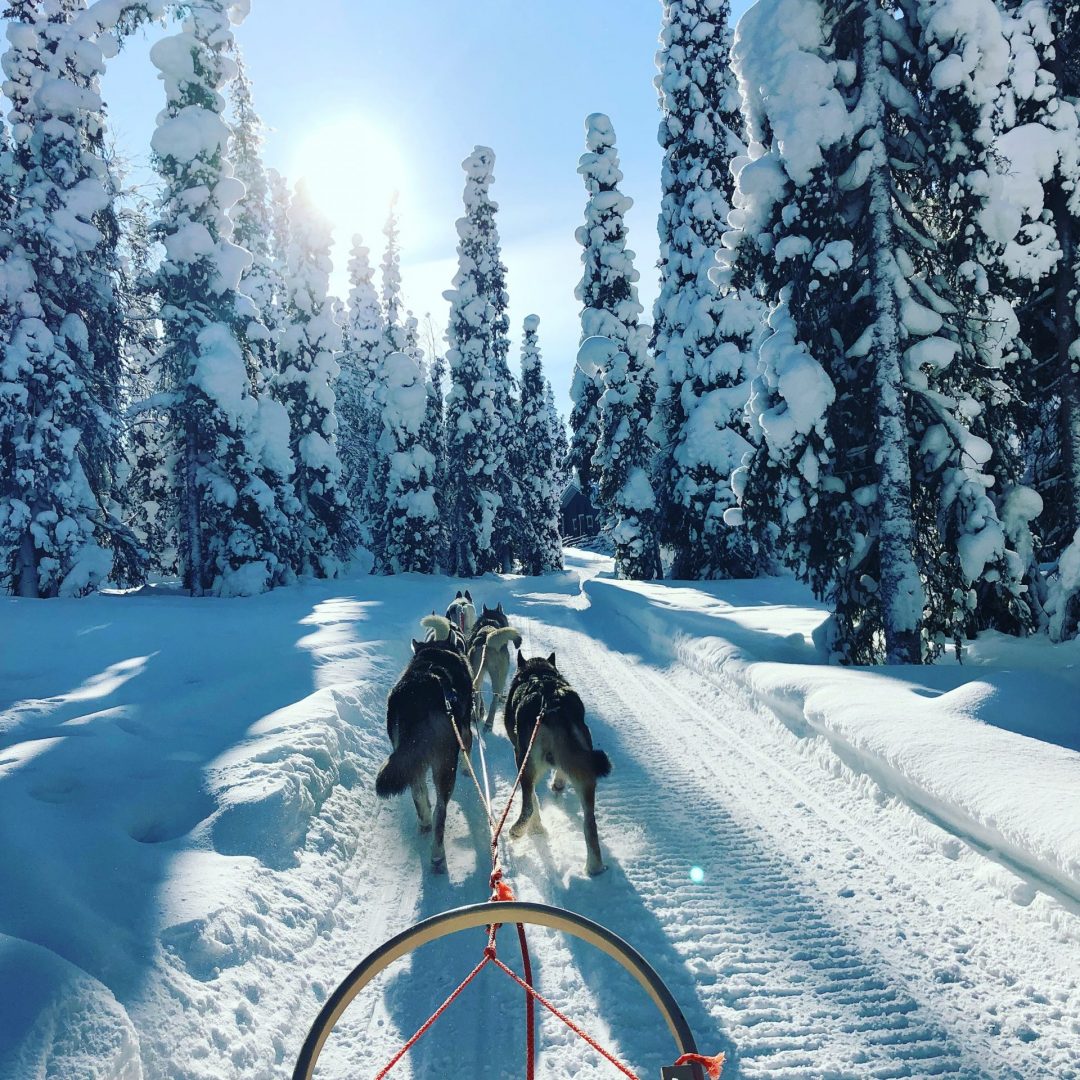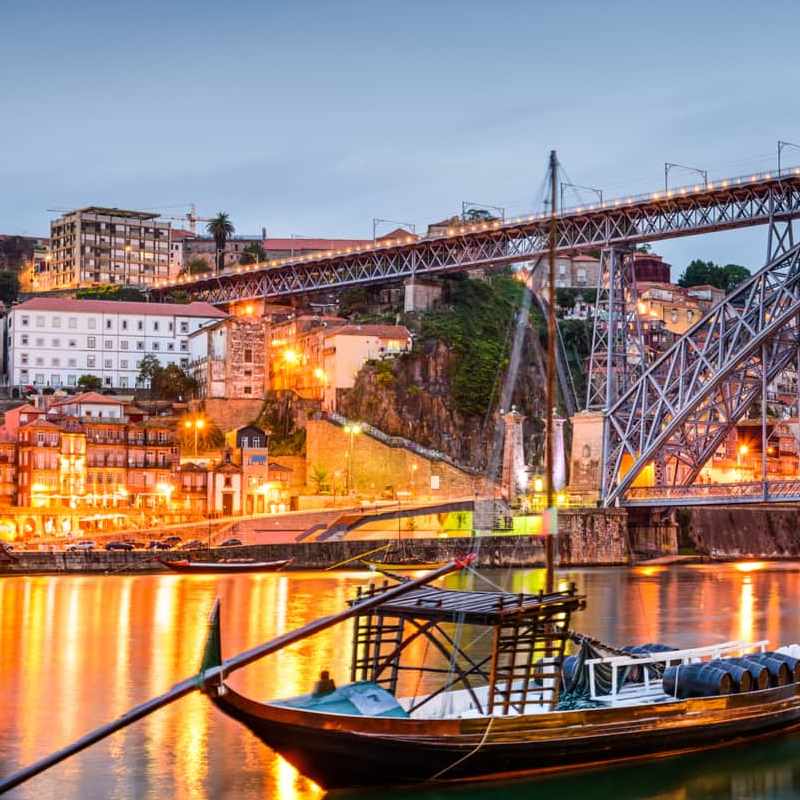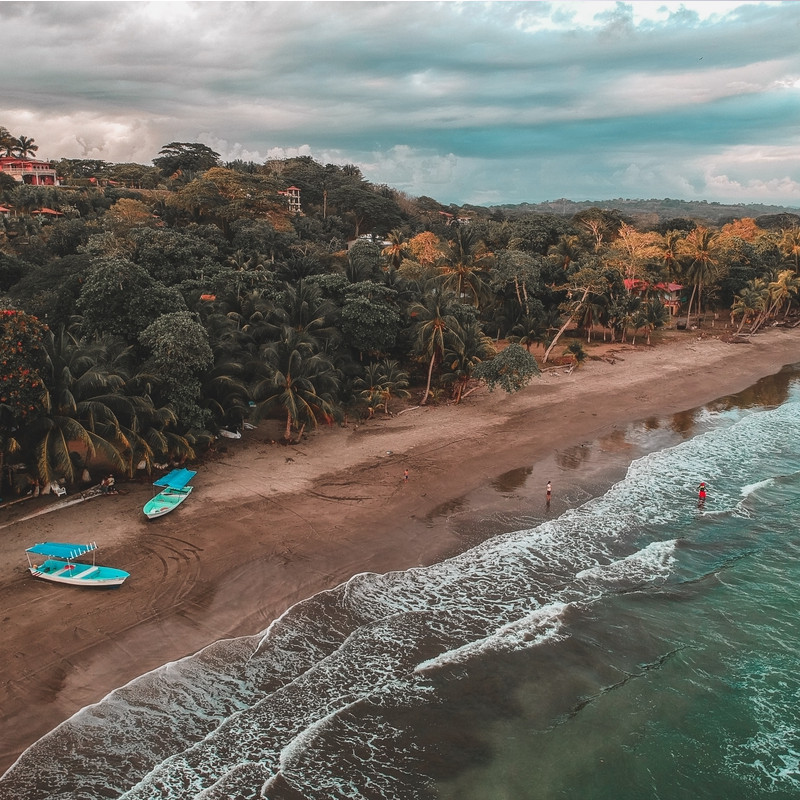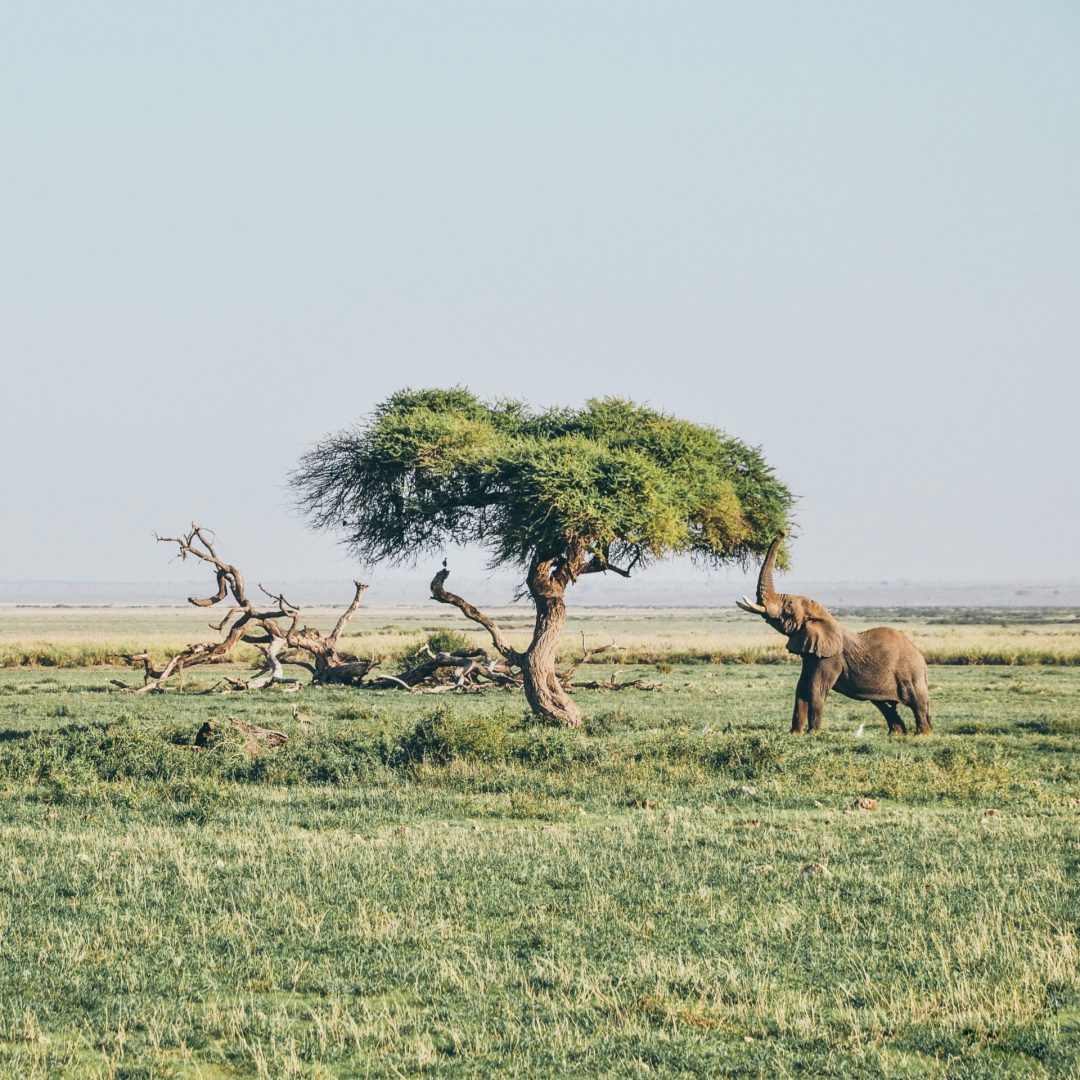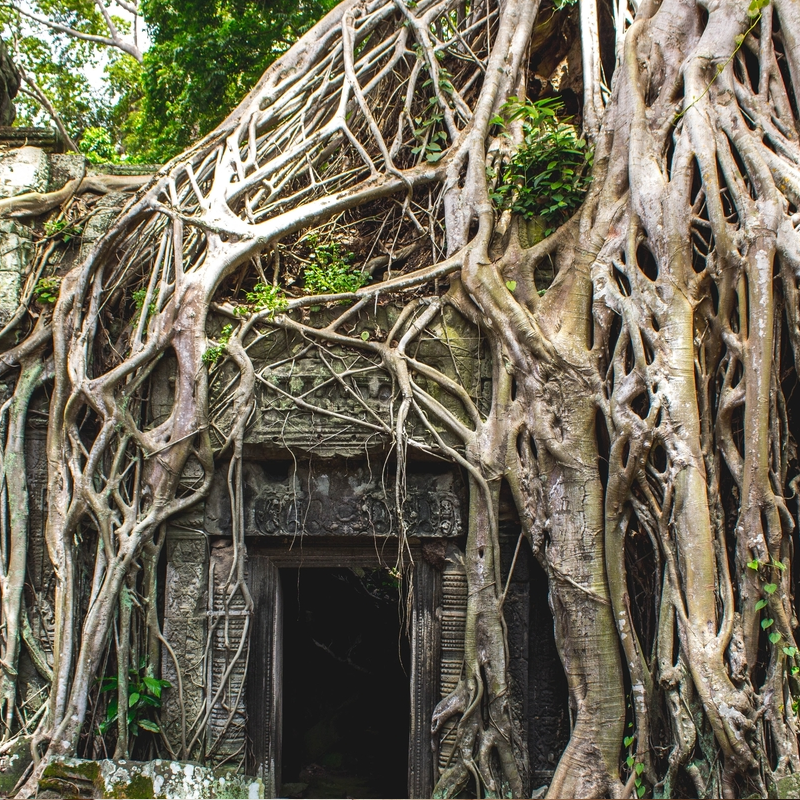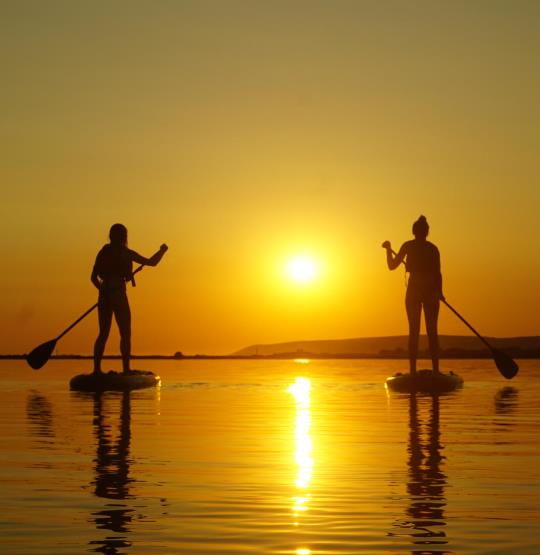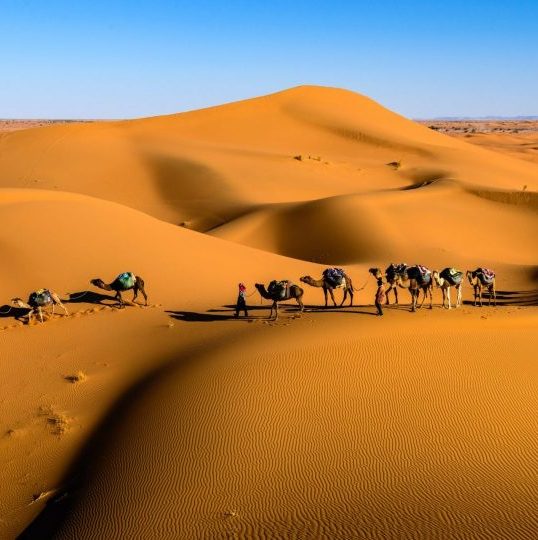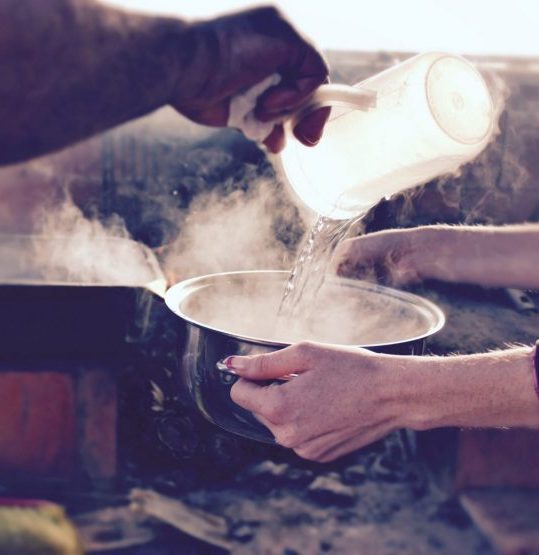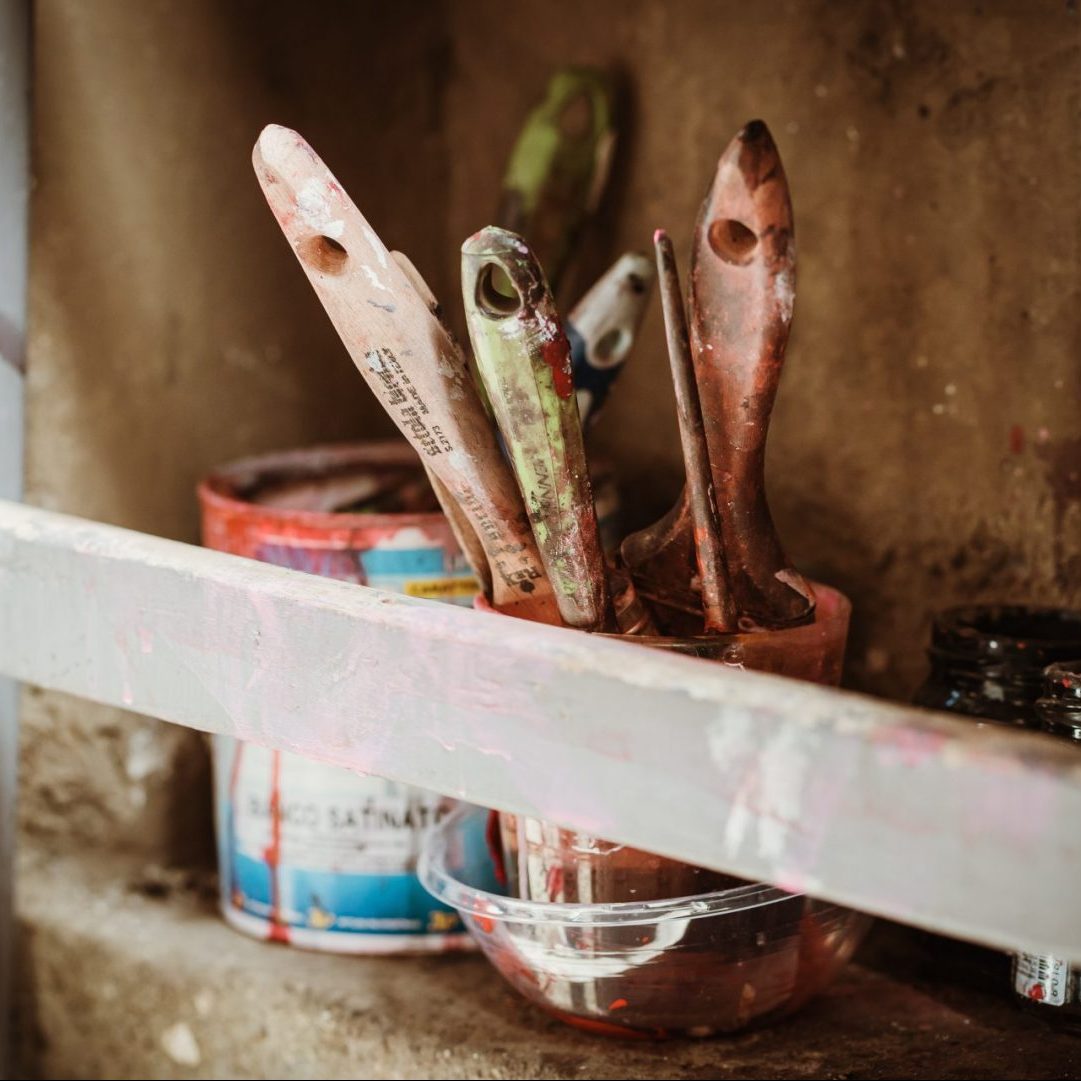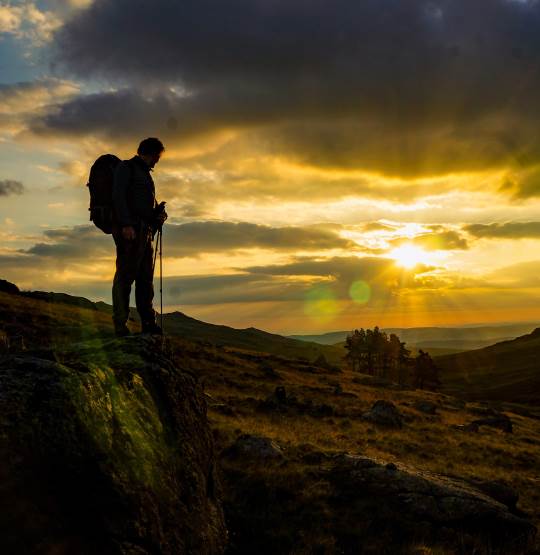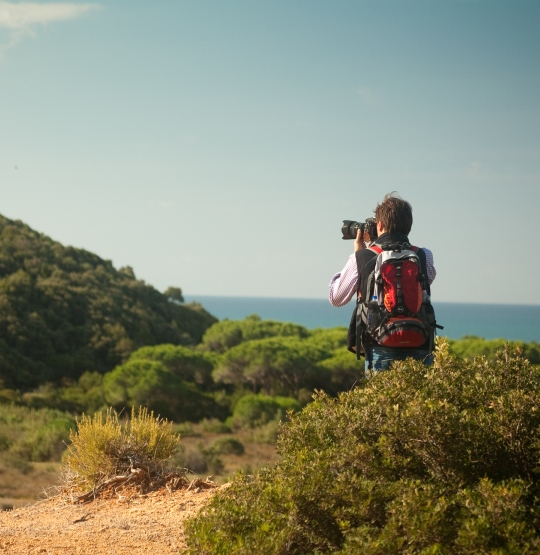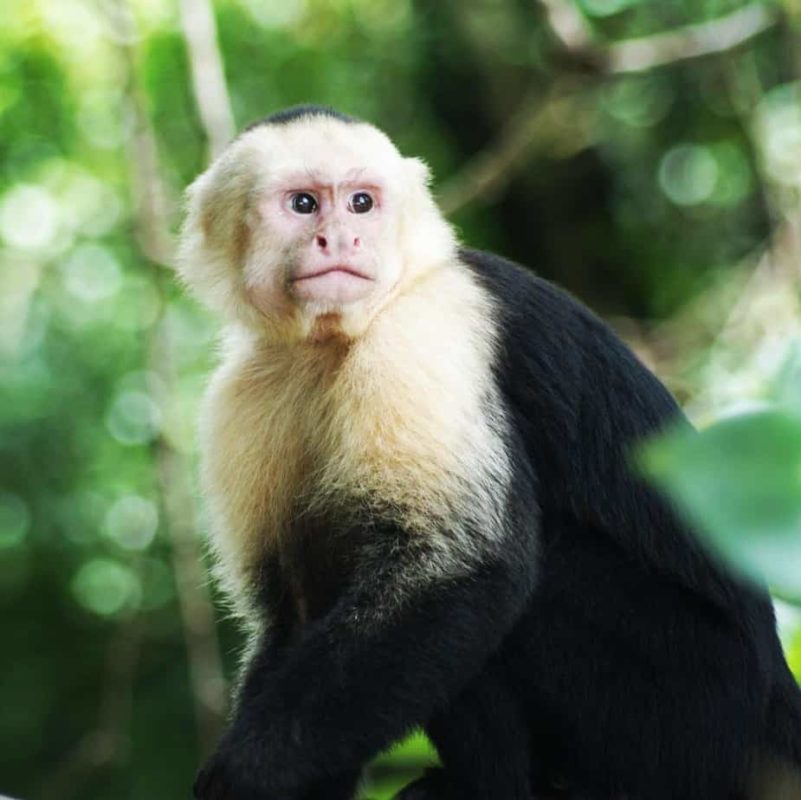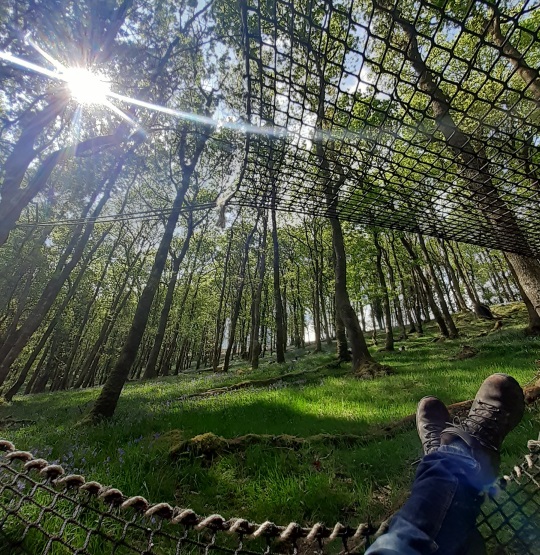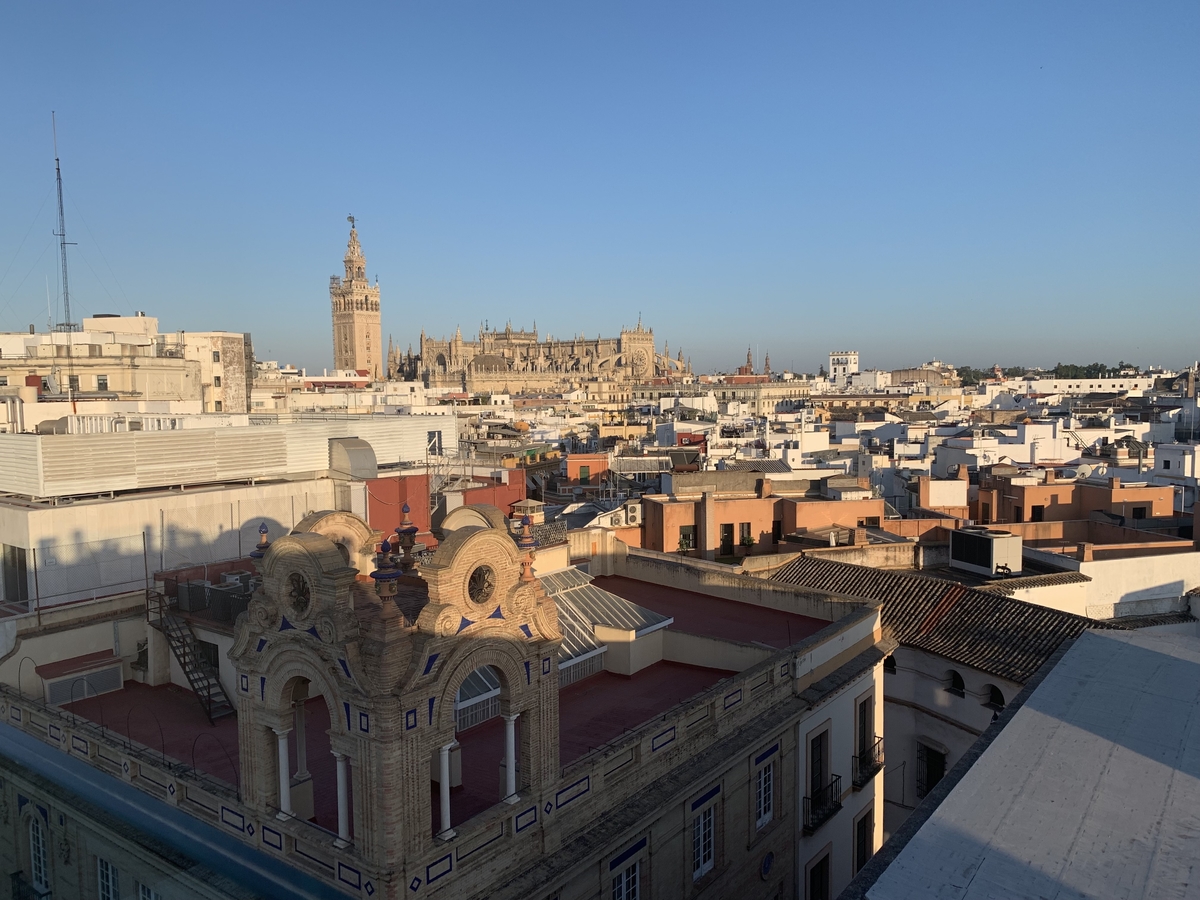When you look out over the gently glowing embers that are Seville’s rooftops, you’re looking at a city that has been shaped by countless years of war, of oppression, of resistance and of shifts in culture.
Unraveling the history of this cultural crossroads is, generally, unachievable in just two days in Seville. Discovering stunning architecture, sampling the tastes, smells and sounds of the city is achievable. But really understanding what makes Seville, Seville, means truly understanding the stories that are physically etched through its winding streets and alleyways, and are still imprinted in the minds of the locals.
It takes an understanding of the cultures and religions that have fought, died, ruled, served, converted and resisted over the thousands of years that the settlement has stood in its corner of Andalusia.
On the first of our two days in Seville, we met Maria in the quiet streets of Santa Cruz. From there, she led us away from the crowds, through the maze of intimate alleys to stumble upon beautifully hidden squares and alcoves, all in a haze of café culture relaxation, to places you simply wouldn’t think to seek out on your own.
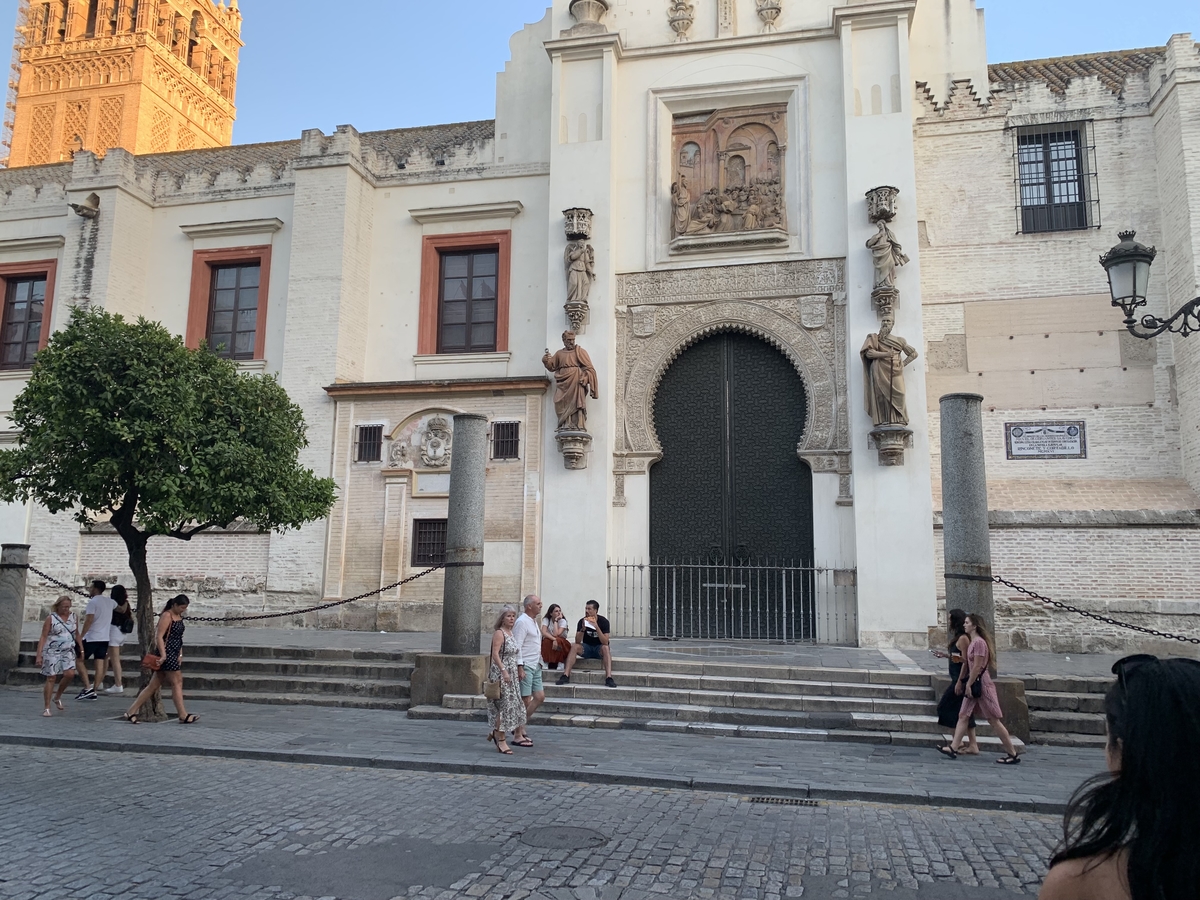
Maria showed us around the ancient district of Triana, taking us to local tapas bars with a warm, traditional atmosphere, and showed us how the Gypsy people still lived together. How their communities ran, how they socialised, how they ate, made a living from the fine pottery and tiles they crafted, and essentially, what made the people of the district tick.
She taught us about the rich, complex history that had shaped Triana, capturing the imagination and dropping it somewhere in the midst of the 15th century, during the terrifyingly oppressive Spanish Inquisition. Then she’d be picking it up again and depositing it further back amongst the chaos of the Moorish invasion, whilst bringing it all round to just why Seville is the way it is today.
Then it’s to the Flamenco. Maria takes us to a small tapas bar tucked away in a cosy alcove, with room for around twenty people to sit around eating, drinking and catching up. Then, she starts to tell us about the art form.

And whatever you think you knew about this iconic Spanish dance, it’s probably a good idea to forget it. Get lost in the stories of the persecuted Gypsy people, and the journey taken to turn their equivalent of the Blues into the dance we think we know today.
“It is a feeling that happens to be expressed through dance, but isn’t a dance per se.” we are told, and it becomes clear as the show begins. Whilst you take in dancers performing with impossible emotion in one of the most intimate and authentic settings in all of Seville, your job is to sip red wine and admire.
After a whirlwind of intense action, we move on to find that staple of the Seville experience: some really good tapas. We get more than we bargained for. At three taverns, each with a warm, welcoming atmosphere, stunning food and excellent wine, we are happily welcomed by the regulars who have come out to eat in the warm, late evening air.
Maria, of course, is there every step of the way. Every plate is the speciality of a specific area, every wine thought out and paired with the food. She explains why we’re eating certain dishes at this time of year, where each wine is from and how it’s made, and so much more.
To begin the second day of our two days in Seville, we met Masha in the manically bustling Plaza Nueva. Immediately welcoming and warm, we felt at complete ease as she took us on a tour of Seville that simply cannot be matched by someone unfamiliar with the intricate walkways, stairs and alleyways that make up the old town of Seville.
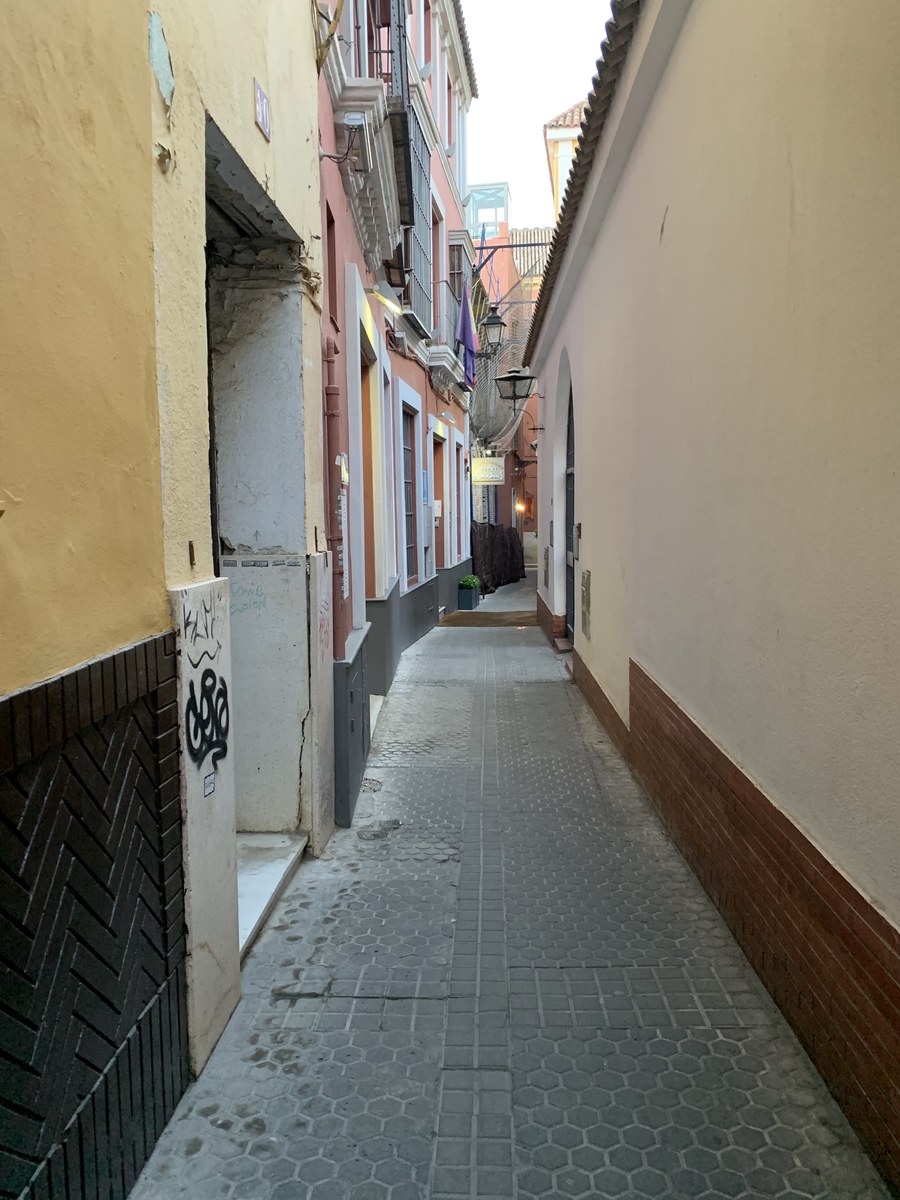
We’re then led up a stairway which, to be honest, may as well have been invisible had we walked past the spot ourselves. We twist our way up the narrow stone passage before the sky suddenly blooms out to the horizon and we emerge on a breath-taking roof terrace with panoramic views of the city.
Countless churches towers (okay sixty) pierce up through the dusty orange tiles that absorb the warm evening sun and gently release it back into the air along with the rising sounds of city life. We sit and take in the brilliant sunset, as Masha recounts tales of families betrayed, of banishment, and of heads hanging in windows.
We learn about the Dynasties that have ruled over the city of Seville. From the Romans to the Moors and the Christians. We learn how they shaped the city, how the Jewish people, so oppressed for so long, played such an important part in creating the mesh of cultures that exists there today.
Masha takes us to three hidden rooftops, each offering a completely unique view of the city we would never have expected to see, ending at the bizarre yet impressive Metropol Parasol.
Wooden, mushroomlike structures, Masha leads us up to their viewing platform, explaining their construction, and the controversy surrounding them, as we go.
As we reach the viewing platform, we’re greeted with an unparalleled view of the city centre. Every landmark shimmers against the backdrop of the dark night sky. A final, satisfying view of the city, we reflect upon the fact that in our two days in Seville, we’ve been genuinely immersed in Sevillan culture, and can leave truly understanding the city.
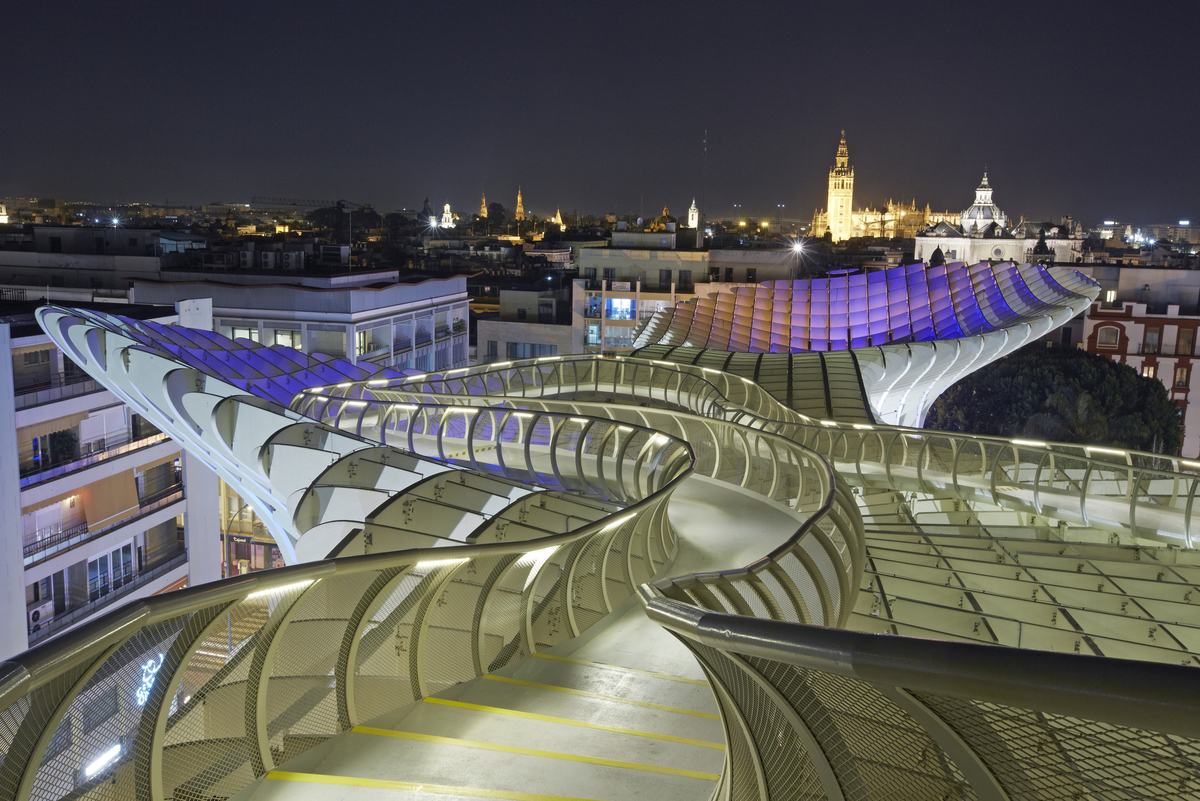
From the most authentic tapas to the most intimate of Flamenco shows, we’ve learned how the Sevillans live, and understood the history that has shaped the city.
All this thanks to the knowledge of a local guide. Maria and Masha made our experience what it was, showing us to the secret gems that really demonstrated local life, and unique spots that provided us with a truly different experience to your average tourist.




